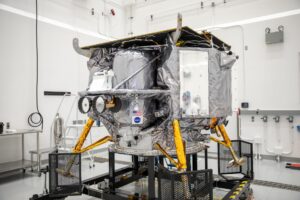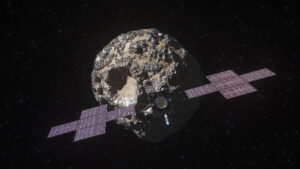SpaceX is preparing to static-fire-test the Super Heavy booster
On July 2, 2021, SpaceX employees rolled out the first-ever Super Heavy booster and lifted it onto the test stand to begin a rigorous test campaign. “Booster 3” is now ready for its static fire test, currently set for July 19, with backup dates of July 20 and 21. Per the the Cameron County road closure notices, the static fire could occur any time between 12pm – 10pm CT.
What's next for Starship?
If Booster 3 tests well, SpaceX employees will continue stacking Booster 4 at the Starbase production facility. Once the building of Booster 4 and Ship 20 are complete, the two will be mated together on the launch mount in preparation for the first Starship orbital test.
To the right is a render showcasing what the full-stack would look like, standing a massive 120 meters tall next to the newly-constructed orbital launch tower. This render was photoshopped just before the eighth and final section was secured to the top of the tower on July 18.
The Booster, two display Starships (SN15 and S16), and orbital launch tower are all easily seen from across the entire flat landscape of the surrounding cities of the “The Rio Grande Valley,” on the border of Texas and Mexico.
Photoshopped image of Starship & Super Heavy on the Orbital Launch Mount! 🚀 pic.twitter.com/hoV520wMHH
— RGV Aerial Photography (@RGVaerialphotos) July 3, 2021



